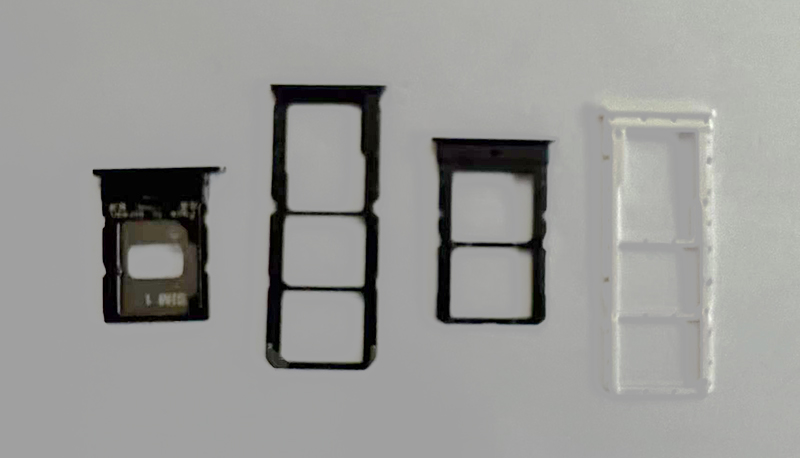Email:
3D vision defect detection uses 3D imaging and analysis to identify and classify defects in manufactured parts or products. Simpler than traditional 2D machine vision, it captures detailed 3D data about surface geometry and shape. The process includes 3 main steps:
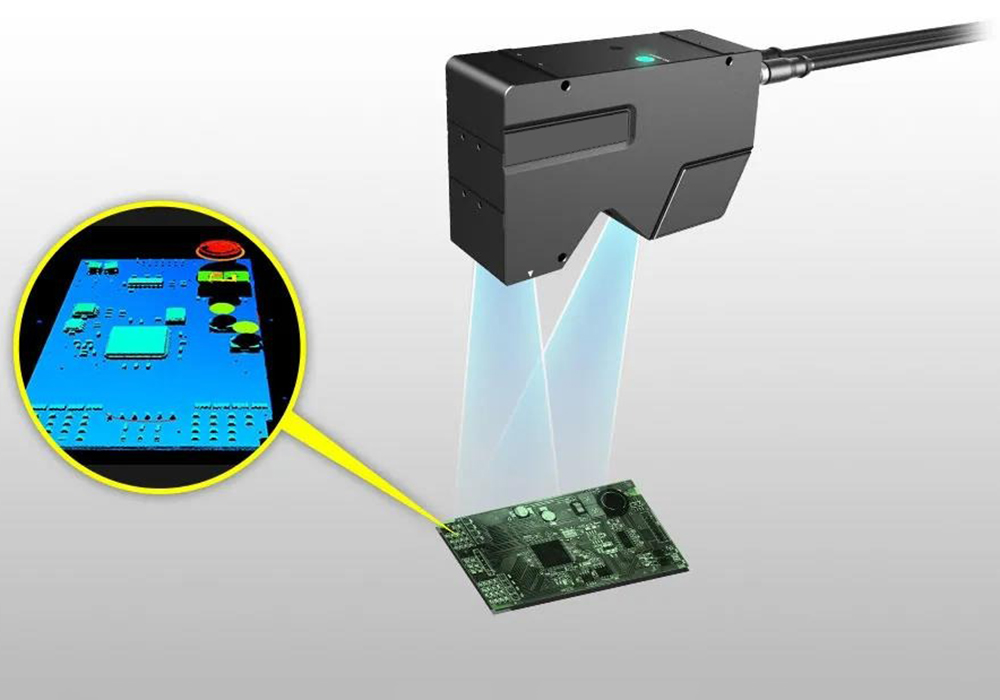
1. 3D Data Capture:
3D imaging sensors (LASER scanners, structured light cameras, or time-of-flight cameras) capture dense 3D point clouds/depth maps of parts. These sensors measure x, y, and z coordinates of thousands/millions of points, providing accurate 3D representation.
2. 3D Data Processing:
Raw 3D data is processed and registered to the ideal geometry reference. Detected deviations, irregularities, or anomalies are analyzed using advanced algorithms. Defects disrupting the expected surface profile can be identified, including cracks, dents, warping, and missing material.
3. Defect Classification:
3D analysis software auto-classifies defects based on their 3D signature and geometry. Machine learning models train with labeled examples of defects. This system sorts parts into “excellent”, “good”, “qualified”, “poor” categories based on quality standards.
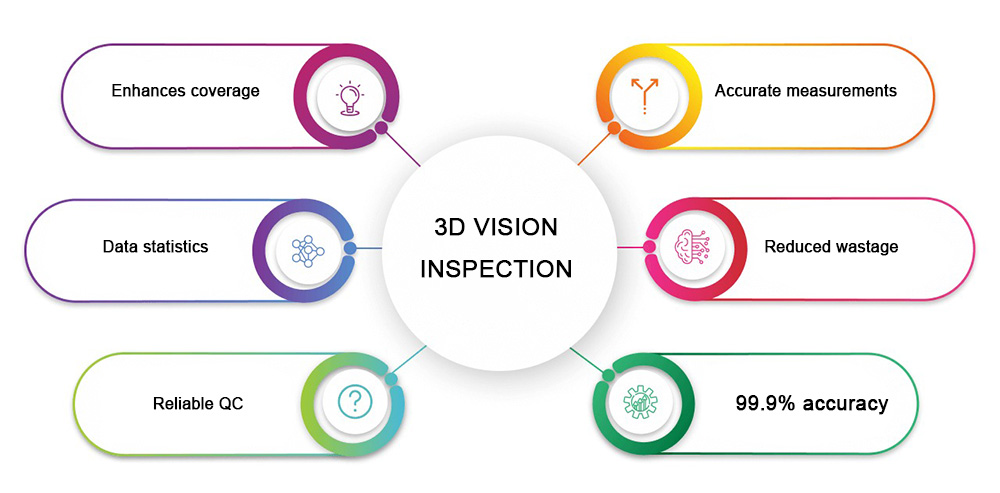
1. 3D inspection: Enhances coverage of complex surfaces and prevents errors in 2D inspections.
2. Accurate measurements: Provides precise 3D data for accurate part characteristic measurements.
3. Reliable QC: Automated 3D inspection provides consistent, reliable defect detection without human error.
4. Reduced wastage: Early defect identification helps minimize manufacturing of unusable parts.
3D vision defect detection is a significant advance in industrial QC, providing additional dimensionality and precision for manufacturers, enabling new levels of product quality, process efficiency, and cost savings.
The inner support plate inside a cell phone often has various defects due to die-casting, and since the plate is a three-dimensional structure, a full 3D scan is necessary. The following is a demo of the cell phone’s inner support plate 3D data capture, by using Intsoft Inspection System:
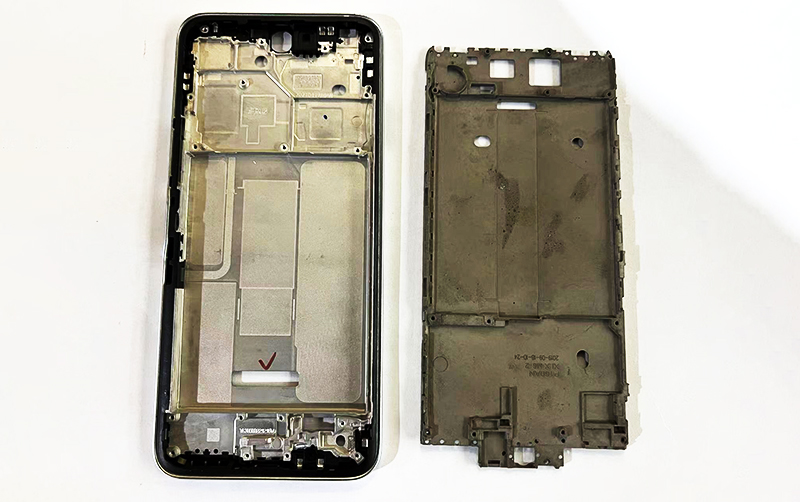
Since buttons are usually die-cast from soft plastic in a mold, burrs, missing edges and other defects are inevitable. The followiwng is remote control button 3D data capturing demo:
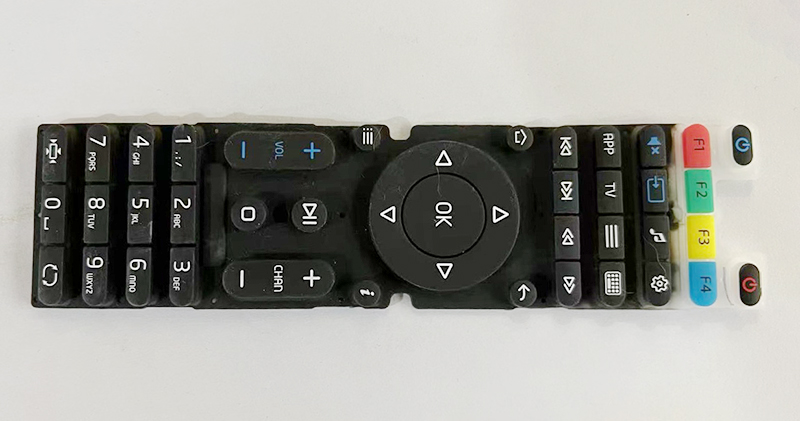
Circuit board surfaces often have complex and minute structures, and 3D vision inspection is required to accurately identify defects in these complex environments. Following is remote control circuit board 3D data capture demo:
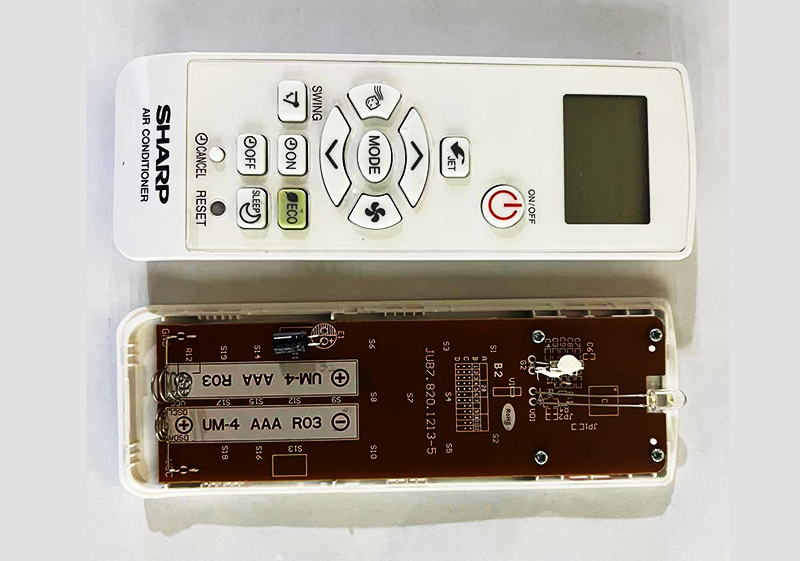
3C industry electronic components inspection is inseparable from 3D vision inspection, components are not only small in size, accuracy requirements are also very high, 2D inspection accuracy is far less than 3D vision inspection. Following is sim card slot of phone 3D data capture demo:
